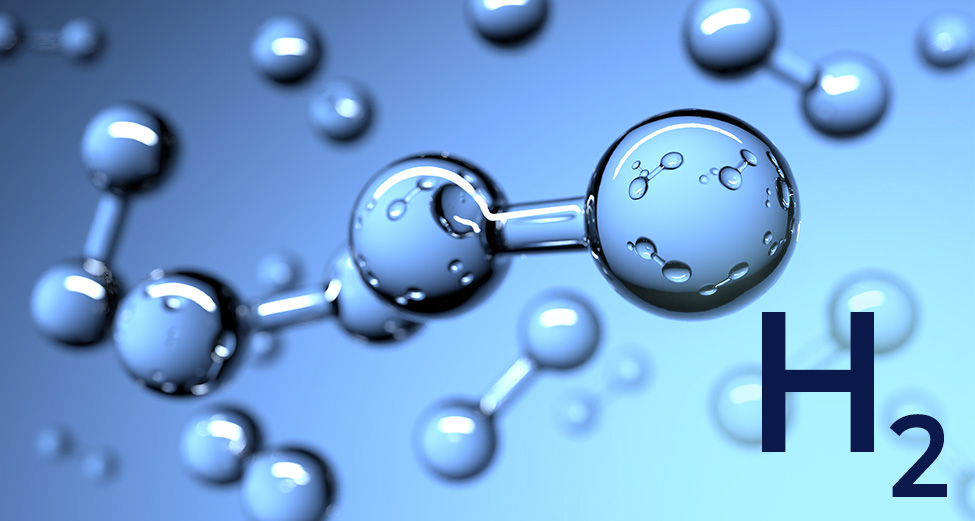Working with EPCs — End-to-End Renewable Energy Engineering Learn More
Realizing the potential of hydrogen for the transportation sector

With electric vehicles dominating the news in renewable energy right now, many consumers don’t even realize other alternative sources of energy can be used to fuel transportation vehicles.
Most fuel cell electric vehicle (FCEVs) are powered by hydrogen and considered zero-emission vehicles. A key advantage of hydrogen as a form of energy is that, when it’s used as fuel to generate power, it emits only water and heat as byproducts, so there are no pollutants.
While there are currently about 15,000 hydrogen-powered vehicles on U.S. roads, all in California, hydrogen-fueled transportation is still in its formative stages. A few of the major automakers like Honda, Hyundai, Toyota and BMW have already developed or are working on FCEV models.
The challenges moving forward
“The U.S. Department of Energy is currently leading research efforts to make hydrogen-powered vehicles an affordable and environmentally safe transportation alternative,” says Greg Mazur, Blymyer’s Director of Engineering. “We see great potential in this area, and believe it presents exciting opportunities for us in the future. But while hydrogen fuel as the potential to address both the environmental and oil dependency problems in transportation and beyond, there are some key challenges that need to be address if hydrogen-powered engines are to reach mainstream adoption.”
Storage and distribution:
An ongoing challenge is how hydrogen will be delivered to demand centers. Since hydrogen has a low volumetric energy density compared to liquid hydrocarbon fuels, it requires large storage volumes or high-pressure tanks. It’s also highly flammable and costs more to transport and dispense it in compressed or liquified form. So, the need to establish a viable and economical refueling infrastructure for hydrogen is more challenging than for electricity or renewable liquid fuels. Retrofitting existing natural gas infrastructure for hydrogen use and expanding hydrogen pipeline networks pose technical and logistical challenges as well.
Currently chemical and industrial applications tend to use pipelines for distribution, directing the hydrogen from production sources across relatively short distances to large users. The US currently has over 2500 km of H2 pipelines and the EU plans to have 6800 km by 2030 – and it can be difficult to monitor these long stretches of pipeline for leaks and damages.
Fuel cell applications require more direct transportation by truck to stationary stacks and fueling stations. Again, hydrogen’s low density (≈0.09 g/L at 1 atm and 0°C) is a drawback. As a point of reference, one liquid gasoline truck can hold the same amount of energy as 19 trucks of gaseous hydrogen. Fortunately, hydrogen can be stored in its liquid form in cryogenic tankers, with one tanker capable of holding enough hydrogen to match the energy in one gasoline truck. But hydrogen liquefaction is energy intensive, so it would be preferable to find new lower energy, cost effective ways to compress hydrogen.
Cost and safety of production:
Currently, the production of hydrogen from electrolysis using renewable energy sources is more expensive than conventional fossil fuel-based methods. Another drawback is that PEM electrolysis, one of the most mature technologies now being used for hydrogen production, results in 20% of power generation being lost as heat
One sustainable method of production now being considered as an alternative involves capturing waste heat—using renewable electricity where it’s generated, at solar installations or offshore wind farms. The main advantage of this approach is the ready availability of seawater, which can be split through electrolysis into oxygen and hydrogen, after being converted to freshwater.
Another challenge to hydrogen fuel adoption is the standardization of quality control. ISO 19880-8:2019, released a few years ago, specifies the protocol to ensure H2 quality at distribution facilities and fueling stations. However, impurities are variable between hydrogen generation processes, and more information is still needed for these protocols to be completely relevant.
Looking ahead
“The good news is the industry is asking the right questions,” Mazur explains. “And we look forward to helping to address the challenges ahead hasten the transition to hydrogen as a viable fuel option. Blymyer has the full-service capabilities and know-how to design and engineer solutions for hydrogen capture and storage, just like with other alternative energy sources like solar, wind and EV.